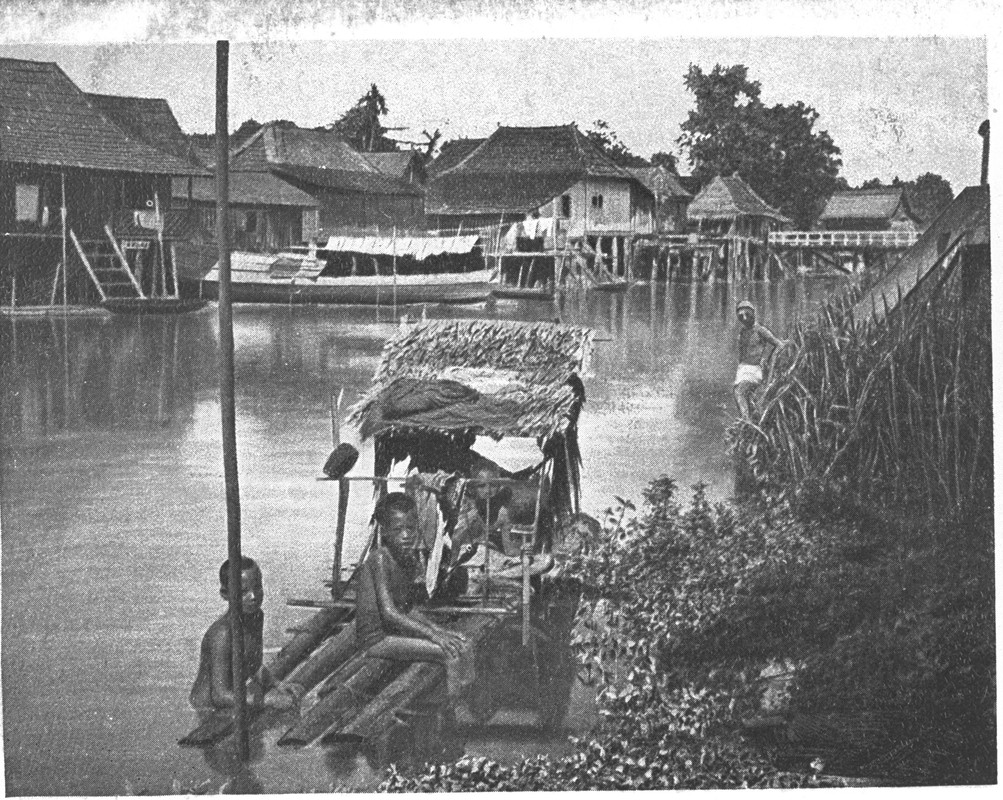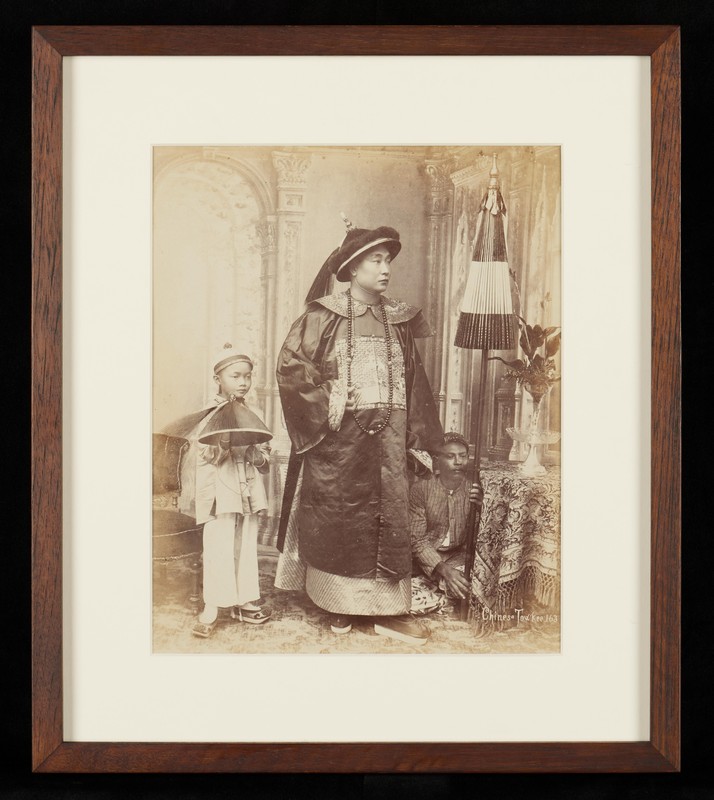Philanthropic activities of the Hakkas in Singapore
Clan associations are important organisations that looked after the welfare of early Chinese immigrants in Singapore. Clan associations established facilities and institutions — such as cemeteries, schools, and philanthropic organisations — to meet the needs of their members, who were immigrants from the same region in China. As such, these associations were involved in matters from cradle to grave. Like other Chinese communities in Singapore, the Hakkas also set up clan associations to take care of their brethren here. After establishing a firm economic foundation, this community began setting up philanthropic organisations, such as healthcare institutions.
Kwong Wai Shiu Hospital
Kwong Wai Shiu Hospital is linked to Kwong Wai Siew Peck San Theng cemetery, which was set up by the Cantonese and Hakkas from the Guangzhou, Huizhou, and Zhaoqing prefectures of Guangdong province in 1870. As the funds of their respective clans associations grew, they started planning for a hospital to provide free medical services for immigrants from the three prefectures. In early 20th century Singapore, medical fees were a heavy burden for the lower and middle classes. By setting up a charity hospital, the community leaders brought great benefits to their fellow countrymen.
In 1909, epidemics were rampant in Singapore, and the government-built hospitals struggled to cope. Then Governor of the Straits Settlements, Sir John Anderson (1858–1918), encouraged leaders of the Chinese community to help alleviate this healthcare issue. At the time, the leaders of the Guangzhou, Huizhou, and Zhaoqing community in Singapore were looking for a site to build a hospital. Anderson transferred the lease of a Serangoon Road site (which formerly housed Tan Tock Seng Hospital) to these leaders for a token sum of 5,000. This was where they built the Kwong Wai Shiu Free Hospital.1
In its early years, the hospital mainly practised traditional Chinese medicine, which was supplemented by Western medicine. It only served immigrants from the Guangzhou, Huizhou, and Zhaoqing prefectures. On 15 June 1974, the hospital was renamed to Kwong Wai Shiu Hospital and access to its services was expanded to all Singaporeans, based on an earlier proposal by Lam See Chiew (1918–2005), the chairman of the hospital’s board of directors, which was unanimously agreed by the board. In the 2000s, with the support of the government, the hospital remained at its Serangoon Road site and continued to develop. To expand its services, it set up a Community Training Institute and began working with partners such as HCA Hospice Care, Fresenius Medical Care, and Healthway Medical. The philanthropic spirit of the community’s early leaders and their legacy lived on through such endeavours.
Char Yong Fei Choon Hospital
The Char Yong (Dabu) Association was established in Singapore in 1858.2In 1890, it launched the Fei Choon Kwan clinic, which mostly served immigrants from China’s Dabu County. In 1894, the clinic moved into its premises at Beach Road, which later became inadequate. In 1919, after discussions among its board of directors, the clinic began operating at a new site at 363 Balestier Road and changed its name to Char Yong Fei Choon Hospital.
The hospital was devastated during World War II. After the war, its board launched fundraising efforts in 1953 and raised tens of thousands of dollars. The donations, together with funding from prominent Hakka community leaders Chong Moong Seng (1899–1977) and Ho Khee-yong (1901–1966), enabled the hospital to reopen. In the 1980s, the hospital underwent reconstruction and a new five-storey complex was completed in 1989. Healthcare standards in Singapore had risen by the late 1980s, and leaders of the Char Yong (Dabu) Association saw the need for the hospital to evolve with the times after fulfilling its early mission of serving immigrants from Dabu. After many discussions, both at the board level and among the association’s members, the new hospital complex was leased to Dr Chin Koy Nam, a general practitioner of Dabu descent, who developed it into an integrated medical centre.


Char Yong (Dabu) Association
On 19 September 1995, the Char Yong (Dabu) Association registered the Char Yong (Dabu) Foundation Limited. The foundation was funded with two-thirds of the income generated by 36 units in the association-owned condominium, Char Yong Gardens. It supports initiatives related to philanthropy, education, and culture in Singapore. For example, in 2006, the foundation donated S$300,000 to the Confucius Institute in Nanyang Technological University. It also supports publications and activities related to Hakka culture.
From the establishment and evolution of Kwong Wai Shiu Hospital, Char Yong Fei Choon Hospital, and Char Yong (Dabu) Foundation Limited, we can see how these Hakka philanthropic organisations started out by looking after the welfare of their countrymen, then went on to serve all Singaporeans eventually. This trend reflects the mindset shift of Hakka immigrants, who first came south to Singapore to earn a living, with the hope of returning to China later. Over time, however, they sank roots here and came to call Singapore home.
This is an edited and translated version of 新加坡客家人的公共慈善事业. Click here to read original piece.
| 1 | Refer to Hok Tek Chi Loke Yah Teng Association ed., Xinjiapo fudeci lüyeting yibai qishi wu zhounian jinian tekan (1824–1999) [Commemorative issue of the 175th anniversary of Singapore Hok Tek Chi Loke Yah Teng Association (1824–1999)] (Singapore: Lingzi Media, 1999), 211–213. |
| 2 | It was first known as Char Yong Centre and later renamed Char Yong Association, followed by Char Yong (Dabu) Association. |
Choi, Kwai Keong. Xinjiapo huaren — Cong kaibu dao jianguo [The Chinese in Singapore: Past and present]. Singapore: Singapore Federation of Chinese Clan Associations, 1994. | |
Lee, Leong Sze. “Huiguan huashang yu huaxiao de jiehe tizhi: Yi xinjiapo chayang (dabu) huiguan wei li” [The integration of associations, Chinese merchants and Chinese schools: A case study of the Char Yong (Dabu) Association]. Kejia yanjiu [Research on Hakka] 3, no. 1 (2009): 35–56. | |
Lee, Leong Sze. Yi ge xiaoshi de juluo: Chonggou xinjiapo deguangdao zou guo de lishi daolu [A disappearing settlement: Reconstructing the historical path of Singapore’s Pulau Tekong]. Singapore: National University of Singapore’s Department of Chinese Studies and Global Publishing, 2009. |










